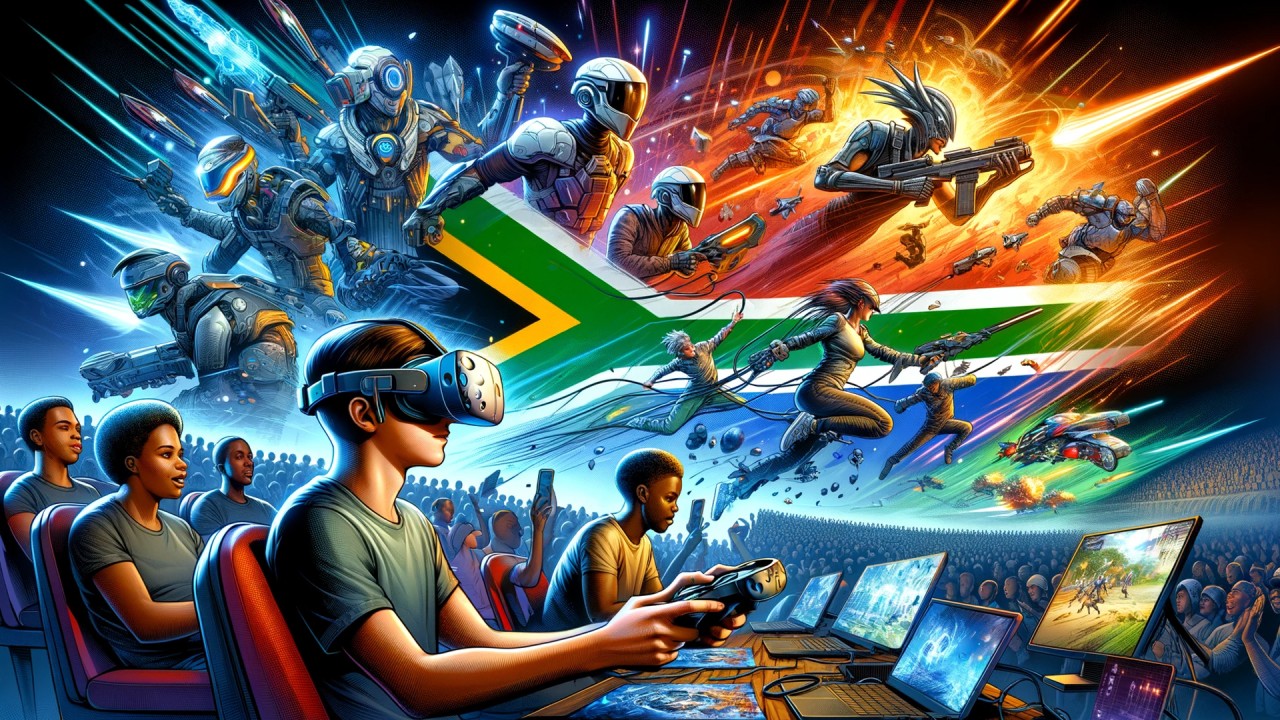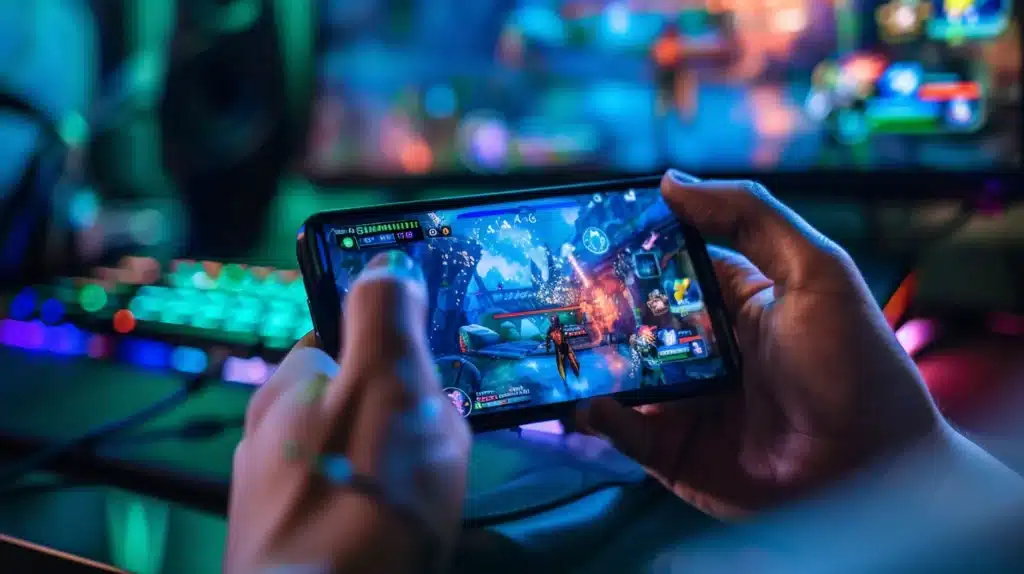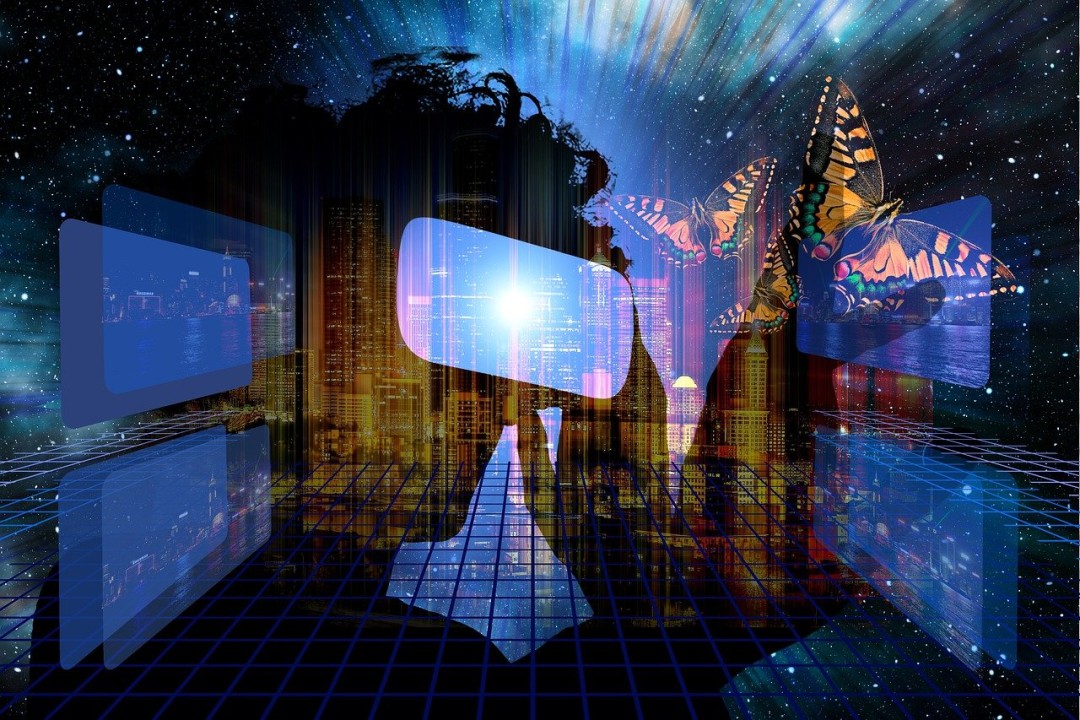Blog

From Fiction to Reality: Games That Inspired Real-Life Technology
Video games have long served as a source of inspiration for technological innovation, with many cutting-edge gadgets and concepts having roots in the virtual worlds of gaming. These games have often presented futuristic ideas that seemed impossible at the time, but have later been realized in the real world. One of the most notable examples of this is the concept of virtual reality (VR). Games like Star Trek: The Next Generation – The Holodeck showcased immersive worlds where players could fully engage with their surroundings using VR technology. Though these games were set in the distant future, they sparked real-world interest in VR development. Today, companies like Oculus and HTC Vive have created highly advanced VR headsets, bringing immersive, interactive experiences to the gaming world and beyond.
Another area where gaming has inspired real-life technology is in artificial intelligence (AI) and machine learning. In many strategy games, such as StarCraft and Age of Empires, players face off against AI opponents that can adapt to their playstyle and present a challenge. The sophisticated decision-making algorithms behind these AI systems have influenced real-world advancements in machine learning and robotics. For instance, AI research organizations have used strategy games to develop and test algorithms that can solve complex problems in fields like logistics, healthcare, and autonomous vehicles. Google's DeepMind famously used a variation of the game Go to develop an AI capable of defeating top human players, which was a landmark achievement in AI technology.
Games have also played a significant role in the development of wearable technology. Pokémon GO is a prime example of how gaming inspired the rise of augmented reality (AR) in everyday technology. By combining location-based gameplay with AR, the game demonstrated the potential of blending the digital and physical worlds. This concept has since been adopted in other industries, from education to marketing, as businesses use AR to engage customers in innovative ways. The success of Pokémon GO helped spark the development of new AR platforms, and now wearable AR glasses like Microsoft’s HoloLens and Google Glass are becoming more common, offering users hands-free, immersive experiences.
Gaming has also influenced the field of biomechanics and motion tracking technology. Games that utilize motion controllers, such as Wii Sports and Just Dance, helped push forward the development of motion sensing devices that track a player’s movements in real-time. This technology has since found practical applications in physical therapy, fitness, and even surgery, where precise motion tracking can assist in rehabilitation and complex procedures. Moreover, the use of motion capture technology in games like L.A. Noire and The Last of Us helped perfect the techniques used in modern filmmaking and animation, contributing to the realism seen in movies and virtual reality experiences today.





